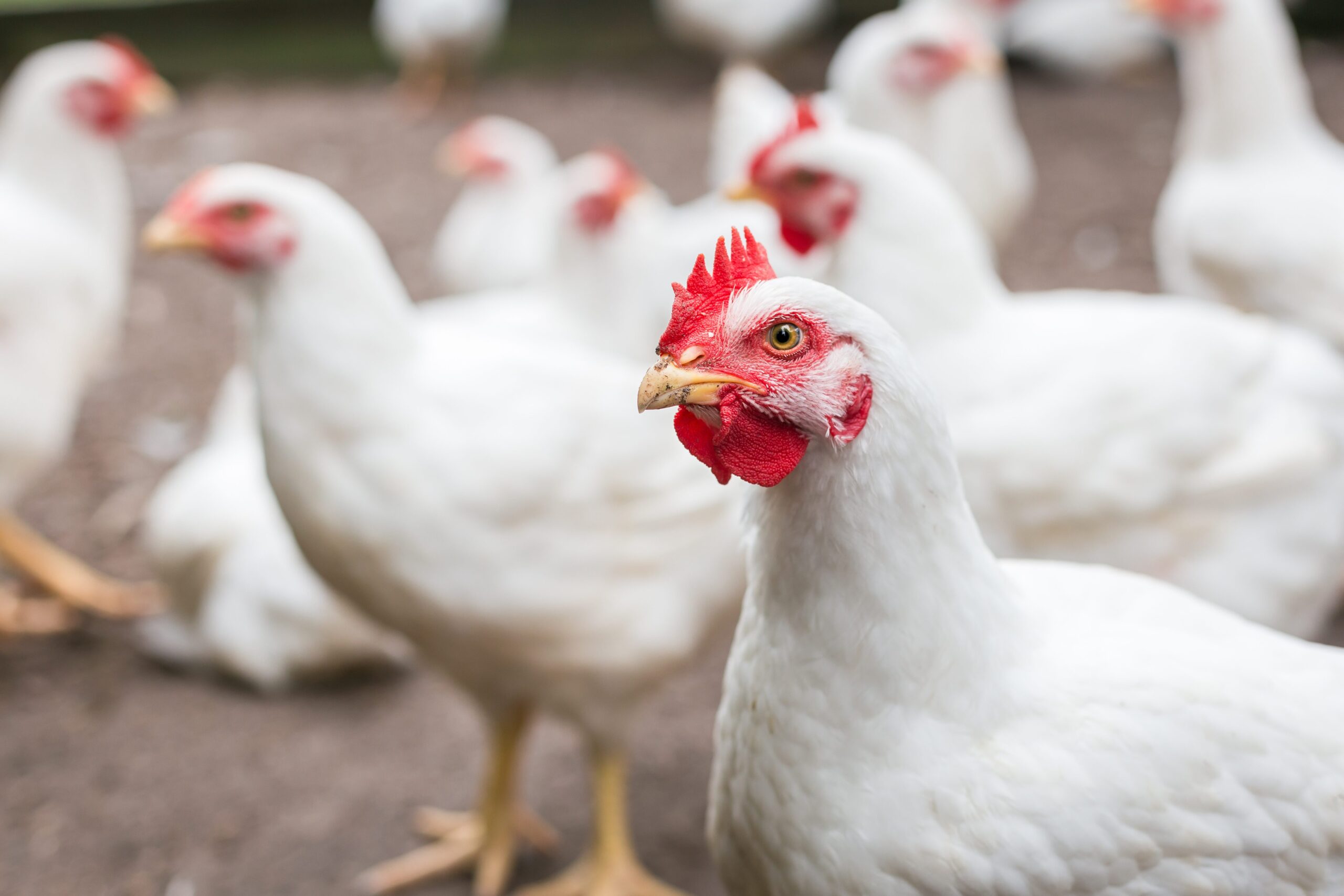The objective of these experiments was to determine the available energy content in soybean gums and soap stocks using precision-fed roosters and restrict-fed broiler chickens. Soybean gums and soap stocks are lipid-based impurities from crude soybean oil refinement. In Experiment 1, relative metabolizable energy of gums and soap stocks was determined in precision-fed roosters. Leghorn roosters with intact ceca were fasted for 26 h, prior to being precision-fed (crop intubated) 25 g of 1 of 7 dietary treatments. Excreta were quantitatively collected for 48 h. Diet 1 was 100% corn. Diets 2 through 7 were the same as diet 1, except that 2 increasing levels of soybean oil, gums, and soap stocks (7.5 and 15.0%) were mixed with corn. In Experiment 2, relative bioavailable energy of gums and soap stocks was determined in broiler chickens. Birds were provided a nutrient-adequate starter diet from 0 to 10 d-of-age. Broilers were provided experimental diets from 11 to 22 d-of-age. Diet 1 was an energy-deficient corn-soybean meal-based diet (2,485 kcal/kg). Diets 2 through 7 were the same as diet 1, except that 2 increasing levels of soybean oil, gums, and soap stocks (5.0% and 10.0%) were added at the expense of Solka Floc. Birds were feed restricted to 70% of the expected ad libitum feed intake per breeder guidelines. Data were analyzed using a 1-way ANOVA for a completely randomized design. Relative availability of energy was determined by regressing either nitrogen-corrected true metabolizable energy (TMEn; Experiment 1) or BW gain (Experiment 2) against test ingredient inclusion level. The relative TMEn of test ingredients in Experiment 1 was also calculated by difference using the basal substitution method. Soybean oil was used as the standard reference source for RBV calculations in both experiments. The significance value for all analyses was P < 0.05. In Experiment 1 with precision-fed roosters, TMEn increased linearly with increased lipid inclusion (P < 0.05; R2 = 0.92). The TMEn of soybean oil was 8,954 kcal/kg (as-fed), compared with 4,695 and 4,414 kcal/kg in gums and soap stocks, respectively. The ME of gums and soap stocks relative to soybean oil ranged from 20 to 23% using multiple linear regression and 49 to 52% using the basal substitution method. In Experiment 2 with restrict-fed broilers, BW increased linearly with increased lipid inclusion (P < 0.05; R2 = 0.88). The bioavailable energy content of gums and soap stocks were 51 and 40%, respectively, compared with the soybean oil. In conclusion, the relative energy values of gums and soap stocks compared with soybean oil were approximately 40 to 50%, indicating that these products have potential to be used as an energy source in poultry diets.
Wells, S., S. Hufford, R. Drysdale, L. Parisi, M. Kidd and B. Parsons. 2025. Relative metabolizable energy of soybean gums and soap stocks in precision-fed roosters and relative bioavailable energy in restrict-fed broiler chickens. 2025 Poultry Science Association Annual Meeting, Abstract 104
